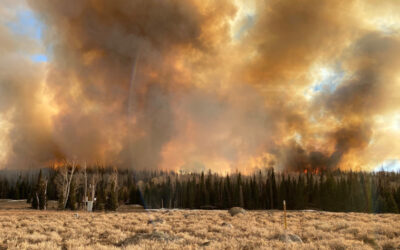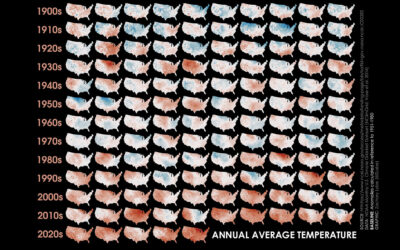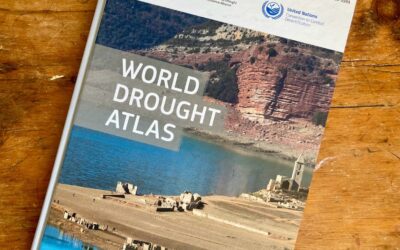The research will examine how clothing chemically treated to be flame-retardant as well as water and oil-repellent may contribute PFAS and microplastics to the environment.
Reno, Nev. (Aug. 27, 2025) – DRI’s Monica Arienzo, Director of the Microplastics and Environmental Chemistry Laboratory, was recently awarded $250,000 by the Department of Defense to investigate laundering and textile degradation as a possible source of PFAS and microplastic pollution. The one-year grant will fund laboratory studies and analysis led by Arienzo, with DRI’s Daniel Saftner and Yeongkwon Son contributing to the work. Matt Reeves of Western Michigan University is partnering with the DRI scientists for the project.
The research seeks to fill gaps in knowledge about the environmental impacts of chemically-treated clothing. When special protective fabrics for military and firefighting uniforms are cleaned and dried, the water-repellant and flame-retardant chemicals used to make them may enter the environment. PFAS are widely used and environmentally persistent chemicals (aka “forever chemicals”), and scientists are still trying to understand their human and environmental health implications. As clothing breaks down over time, it may also shed microplastics into our waters and air. Previous research has shown that similarly protective clothing for firefighters contains high levels of PFAS, but this would be the first systematic study to examine textiles for PFAS, flame retardants, and microplastics.
The work builds on Arienzo’s extensive expertise in microplastics and environmental chemistry and follows her work as the first researcher to identify microplastics in Lake Tahoe’s clear waters.
“We’re excited to expand scientific knowledge on the lifecycle of chemically-treated textiles for the Department of Defense,” Arienzo said. “We know that these protective materials are critical for soldier safety, but we don’t know how they may impact environmental and human health as their components break down over time. Answering this question for the D.O.D will help us better understand the sustainability of synthetic fibers and chemicals in all clothing and other textiles, including those used by the public.”
About DRI
We are Nevada’s non-profit research institute, founded in 1959 to empower experts to focus on science that matters. We work with communities across the state — and the world — to address their most pressing scientific questions. We’re proud that our scientists continuously produce solutions that better human and environmental health.
Scientists at DRI are encouraged to follow their research interests across the traditional boundaries of scientific fields, collaborating across DRI and with scientists worldwide. All faculty support their own research through grants, bringing in nearly $5 to the Nevada economy for every $1 of state funds received. With more than 600 scientists, engineers, students, and staff across our Reno and Las Vegas campuses, we conducted more than $52 million in sponsored research focused on improving peoples’ lives in 2024 alone.
At DRI, science isn’t merely academic — it’s the key to future-proofing our communities and building a better world. For more information, please visit www.dri.edu.
Media Contact
Elyse DeFranco
Lead Science Writer & Public Information Officer
elyse.defranco@www-dev.dri.edu


